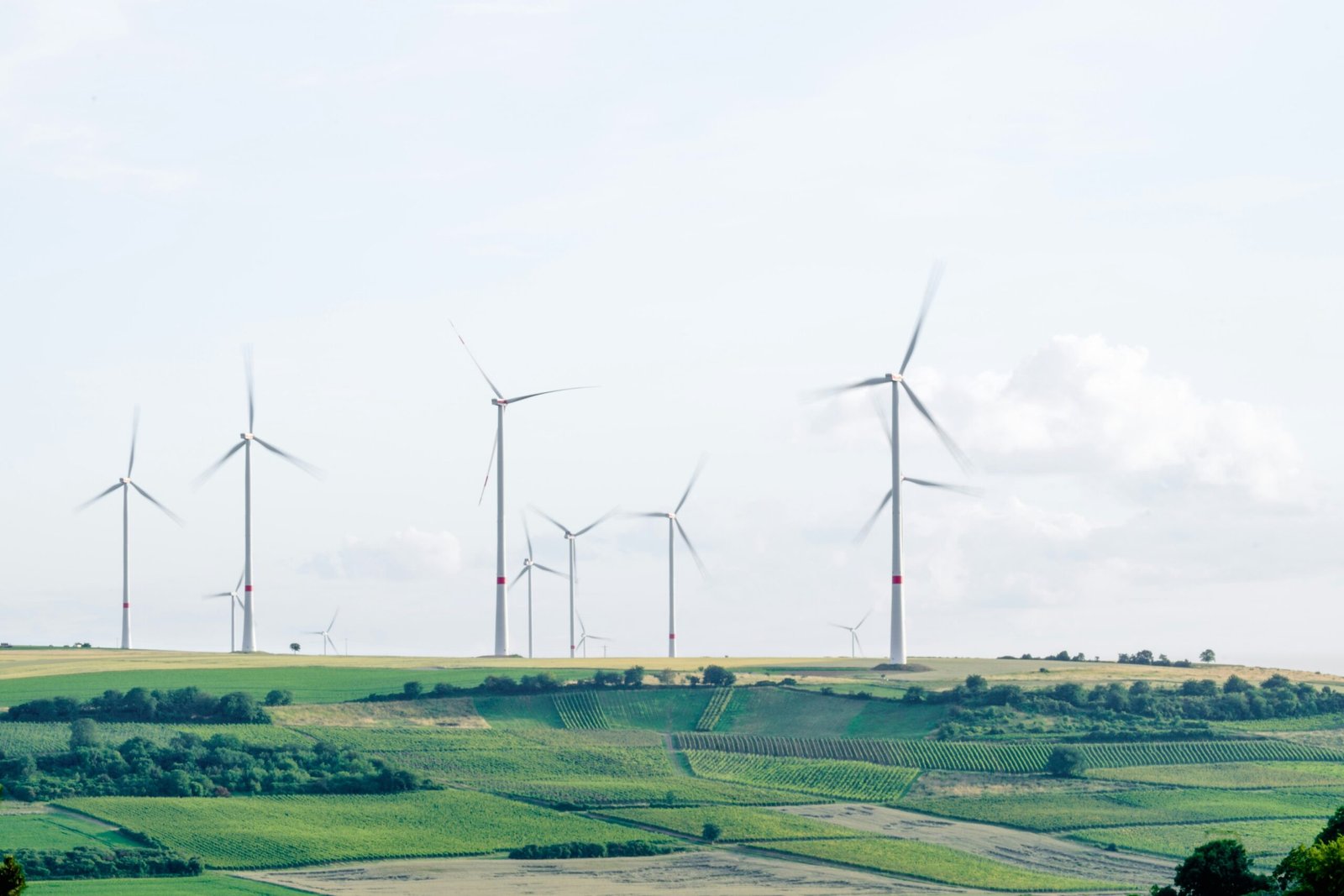What is Environmental Liability Insurance?
Environmental liability insurance is a type of insurance coverage designed to protect businesses from financial losses associated with environmental damage or pollution. It provides coverage for the costs of cleanup, restoration, and legal liabilities that may arise from pollution incidents or environmental accidents.
Why is Environmental Liability Insurance Important for Businesses?
Businesses today face increasing scrutiny and regulation when it comes to their impact on the environment. Any company, regardless of its size or industry, can be held responsible for environmental damage caused by its operations. This can include pollution of air, water, or soil, as well as damage to natural habitats or protected species.
Environmental liability insurance is important for businesses for several reasons:
1. Financial Protection
In the event of an environmental incident, the costs of cleanup, restoration, and legal liabilities can be substantial. Environmental liability insurance provides financial protection by covering these costs, helping businesses avoid significant financial losses that could otherwise be crippling.
2. Compliance with Regulations
Many countries have strict environmental regulations in place, and businesses must comply with these regulations to avoid fines, penalties, and legal action. Environmental liability insurance can help businesses meet their regulatory obligations by providing coverage for potential environmental liabilities.
3. Reputation Management
Environmental incidents can have a significant impact on a business’s reputation. Customers, investors, and the general public are increasingly concerned about environmental issues and expect businesses to demonstrate responsible environmental practices. Having environmental liability insurance in place shows that a business is proactive in managing its environmental risks and can help protect its reputation in the event of an incident.
Types of Environmental Liability Insurance Coverage
There are various types of environmental liability insurance coverage available to businesses, depending on their specific needs and risks. Some common types of coverage include:
1. Pollution Legal Liability (PLL) Insurance
Pollution Legal Liability insurance provides coverage for the costs associated with pollution incidents, including cleanup, restoration, and legal liabilities. It can also cover third-party claims for bodily injury or property damage resulting from pollution.
2. Contractors Pollution Liability (CPL) Insurance
Contractors Pollution Liability insurance is designed for businesses in the construction industry. It provides coverage for pollution incidents that may occur during construction projects, including the costs of cleanup and legal liabilities.
3. Environmental Impairment Liability (EIL) Insurance
Environmental Impairment Liability insurance provides coverage for a wide range of environmental risks, including pollution, contamination, and damage to natural resources. It can also cover the costs of environmental assessments and remediation.
Choosing the Right Environmental Liability Insurance
When selecting environmental liability insurance for your business, it’s important to consider the following factors:
1. Assessing Your Risks
Identify the specific environmental risks associated with your business operations. This may include the type of pollutants or waste generated, the proximity to sensitive environmental areas, and the compliance requirements of your industry.
2. Coverage Limits
Determine the appropriate coverage limits based on the potential financial impact of an environmental incident. Consider the costs of cleanup, restoration, legal defense, and any potential third-party claims.
3. Policy Exclusions
Review the policy exclusions carefully to understand what is not covered. Some policies may exclude certain types of pollution incidents or specific industries.
4. Deductibles and Premiums
Consider the deductibles and premiums associated with the insurance policy. Higher deductibles may result in lower premiums but could also increase your out-of-pocket expenses in the event of a claim.
5. Insurance Provider Reputation
Research the reputation and financial stability of the insurance provider. Look for a reputable company with experience in environmental liability insurance and a track record of handling claims fairly and efficiently.
In Conclusion
Environmental liability insurance is an essential risk management tool for businesses in today’s environmentally conscious world. It provides financial protection, helps businesses comply with regulations, and safeguards their reputation. By choosing the right insurance coverage and provider, businesses can mitigate their environmental risks and ensure they are prepared for any potential environmental incidents.










